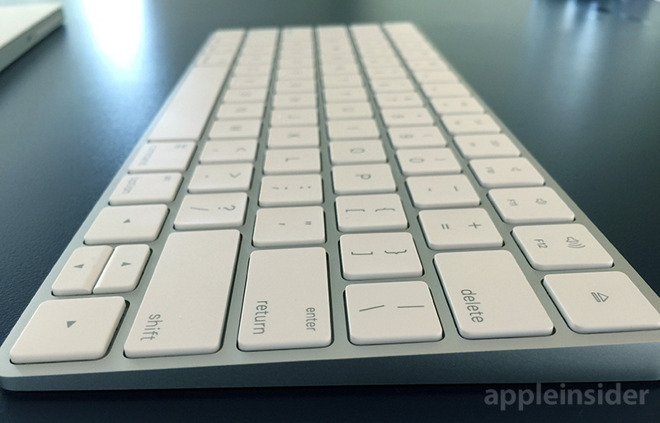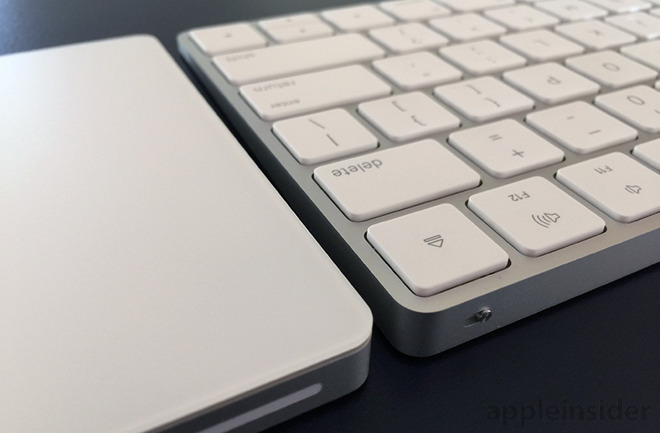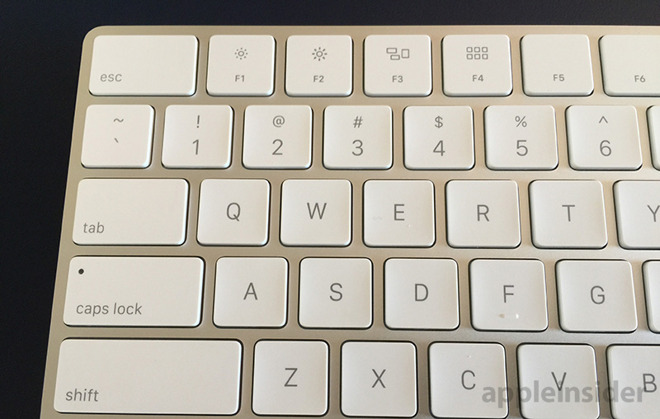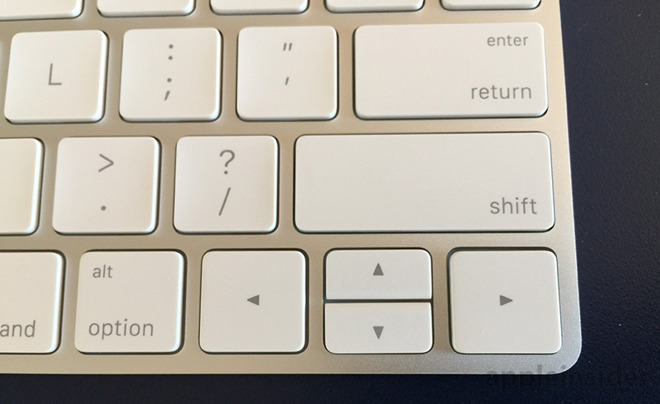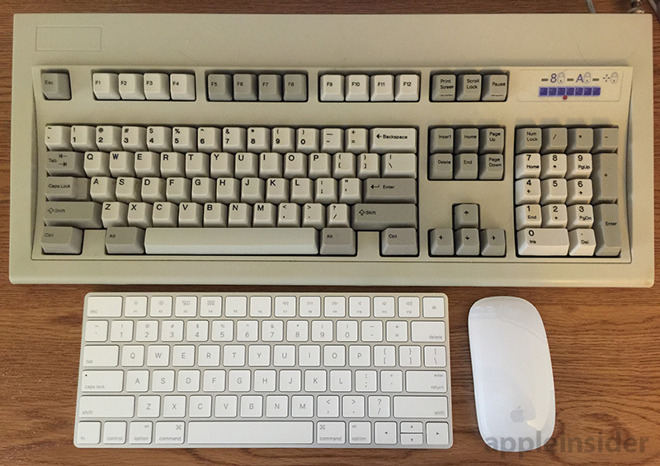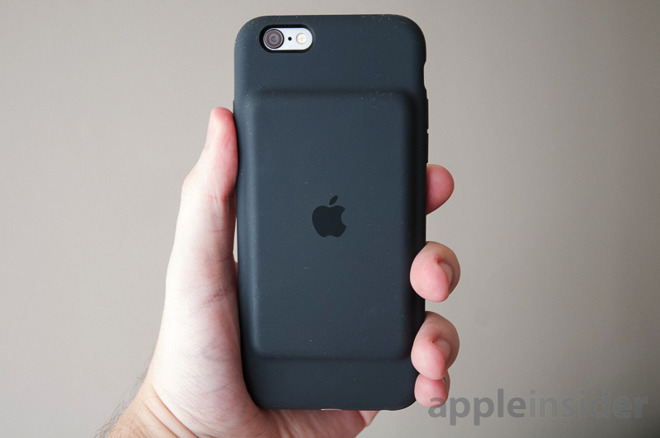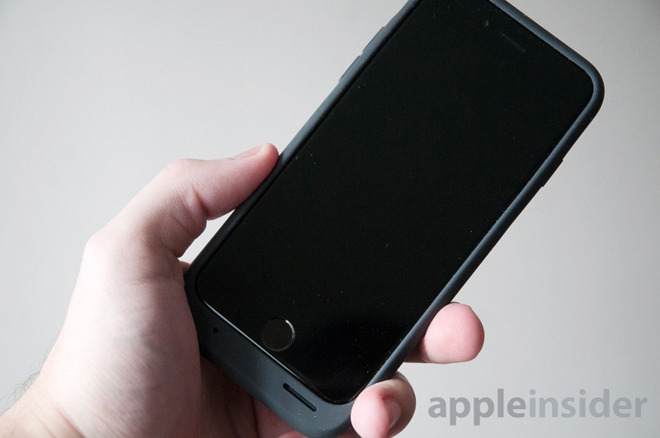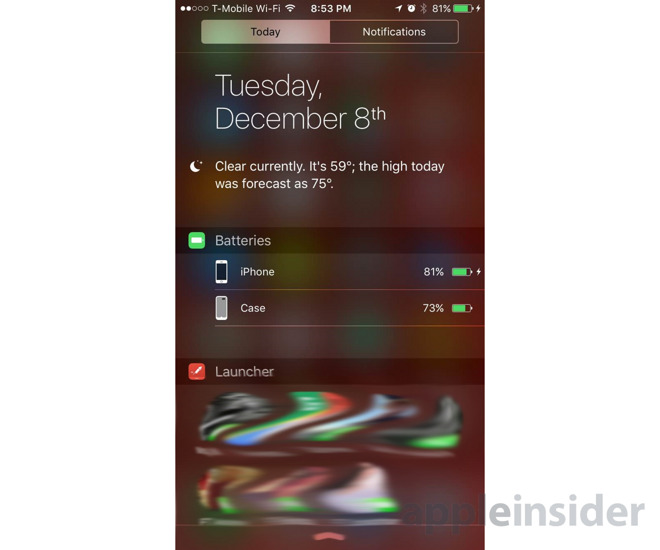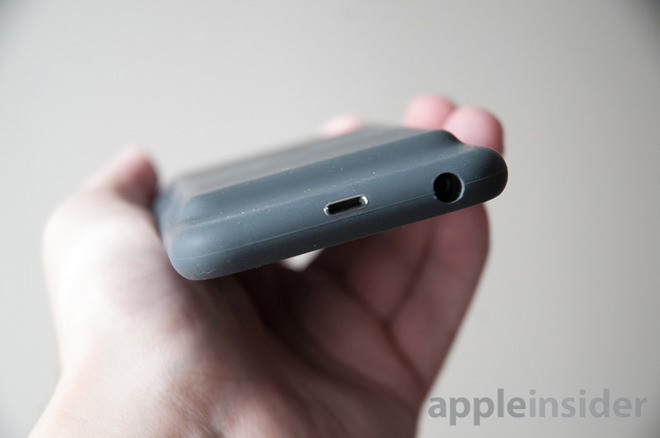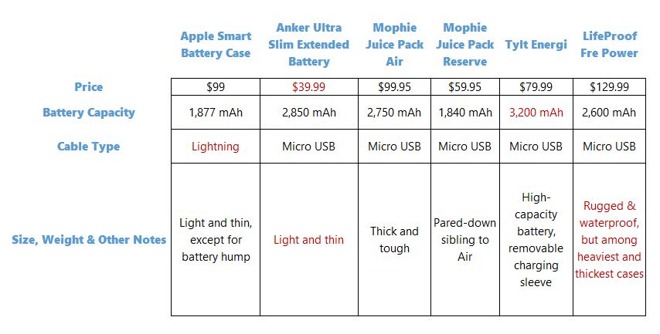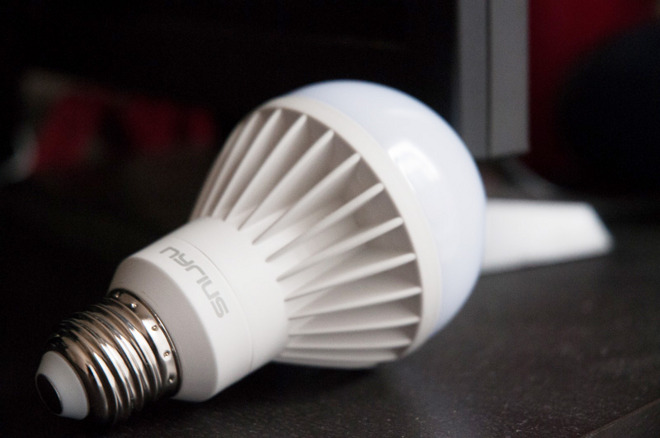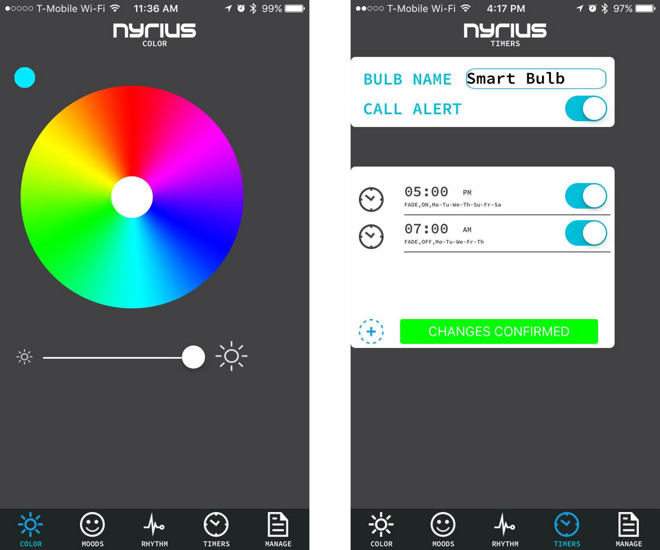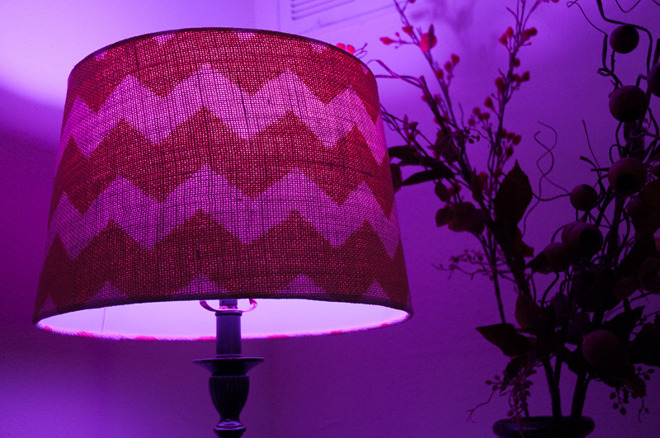There are no fixed winners
in the tech world. It's never the end of the story. Things can always
change. In 2015, some of the mighty fell a few notches, but others
recovered from a rough few years.
We said goodbye to the struggling Firefox OS, but BlackBerry
continues to hang on. The Apple/Google war rages unquenched. Here at
PCMag, we reviewed around 100 phones (mostly Android) and 40 or so tablets (mostly
Windows), which shows there are a lot of choices in mobile tech, even
if you may have to hunt to find some of them on the shelves.
I've been following the mobile world for a dozen years now, and it
takes more to impress me than it used to. Here's my best and worst of
2015 in mobile.
The Worst of Mobile 2015
1. Qualcomm's Snapdragon 810
After dominating the
smartphone chip world almost as long as smartphone chips have existed,
Qualcomm made a series of embarrassing flubs this year. Its flagship Snapdragon 810
lacked the company's signature custom CPU cores, making it harder for
Qualcomm to compete with Mediatek and Samsung. Early versions had
notorious overheating problems, and later versions couldn't
differentiate on performance compared to other industry leaders. While
Qualcomm still makes the best modems in the business, it needs to come
back hard with the Snapdragon 820 to regain the faith of major customers like Samsung.
2. Every Android Tablet Over $100
Yawn. While
Windows 10 roared this year with a slew of different price points, form
factors, and productivity features, Android snoozed. All we saw from
major mid- to high-tier Android tablet manufacturers were incremental
changes, none of them addressing why you would want an Android tablet
rather than an iPad (with better entertainment apps) or a Windows tablet
(with better productivity apps). Interesting tablets fell left and
right. Nvidia had to recall the Shield, Samsung killed the Galaxy Note tablet line, and the Google Pixel C was almost unusably buggy, putting the capstone on a year in which Google seemed uncertain about Android's purpose.
3. All Smartwatches, Except the Pebble
Smartwatches
are a perfect example of a product category that manufacturers are
trying to foist on us without ever explaining why we might want them.
Android Wear watches are too similar, have confusing UIs, and set your
phone's battery on fire. The Apple Watch has
sold very well as a fashion item, but it also pretty much gutters out
when you try to move its utility beyond notifications. At least the
Pebble line embraces the fact that nobody knows what to do with these
things beyond showing notifications.
4. The U.S. Handset Duopoly
In most of the world,
smartphone makers compete vigorously at every price level. Huawei,
Sony, Xiaomi, and local manufacturers like Micromax and Wileyfox all
have their strengths. Not so here in the U.S., where the smartphone
market is so dominated by Apple and Samsung that it freezes everyone
else out. Apple and Samsung now own 87 percent of U.S. postpaid phone sales,
up 6 percent from last year. That means we're getting fewer diverse
options, less competition, and less innovation than other nations.
5. Windows 10 Mobile
What a shambling disaster.
On phones, Microsoft is still a circular firing squad. New devices chief
Panos Panay seemed unimpressed with the Lumia 950
and 950XL, which are getting very low-key launches in the U.S. The OS,
meanwhile, is still extremely buggy. Another own goal in a series of own
goals.
The Five Best Things in Mobile for 2015
My five favorite things of 2015 don't include any phones. That's on purpose. There were a lot of good phones this year: the iPhone 6s, the Galaxy S6, the Moto X Pure Edition, the LG V10, the Huawei Mate S. But after personally reviewing 648 phones for PCMag, it's hard for me to choose one unless it's a huge jump forward.
There are a few things I considered adding to this list, but they're not quite there yet, like VR. I considered Apple's 3D Touch, which is really neat, but hasn't had enough third-party uptake. I really wanted to put in USB-C, but it needs another year. But these five things hit the market with a bang this year.
1. T-Mobile/Sprint Competition
The Uncarrier was
the great story of 2014, with T-Mobile roaring back to become a real LTE
competitor in the U.S. Now we have T-Mobile and Sprint duking it out,
thanks to a much-improved Sprint LTE network and Sprint's combative CEO,
Marcelo Claure. The U.S. strategy of refusing to let the big carriers
merge from four down to three is paying off handsomely, as they're all
aggressively improving their networks and undercutting each others'
prices. While we still pay more for our mobile data than people in many
other countries, our situation's a lot better than it would be with
fewer competitors.
2. Periscope and the Livestreaming Revolution
I mocked Meerkat
when it first came out, but now I have to give a big nod to the
democratization of livestreaming. A big part of my original mockery was
because I had to shift paradigms; I grew up with the first generation of
camgirls, and I really did see the current livestreaming moment as just
more narcissism. Yes, it often is narcissism (see Martin Shkreli playing his guitar to teenagers), but it's also a major change in the way we're communicating online.
3. Windows 10, on everything except phones
Windows 10 on
desktops, laptops and tablets is brilliant. Windows 10 cured the fungal
diseases afflicting Windows 8.1 and has led Microsoft into a creative
new world of 2-in-1s and convertibles, led by the excellent Surface Pro 4.
Windows 10 is killing Apple and Google when it comes to offering
comprehensive productivity solutions that are still portable, but don't
compromise.
4. The Amazon Fire
The Amazon Fire,
the first decent $50 tablet, is absolutely terrific, and marks a whole
new product category. We've seen really cheap tablets for a while now,
but they've almost all been very low-quality, gray-market imports. With
the brilliant idea of a six-pack for $250, Amazon makes quality tablets
an impulse buy, giving you one for every room of your house and every
child in your family. Amazon has redeemed itself from the Fire Phone.
5. The Apple Pencil
The iPad Pro is a big iPad. But the Apple Pencil
is a quantum leap. It's ridiculously better than any other stylus on
the market, even better than Wacom products. I'd venture that it's
better than the Cintiq, although I know that's controversial. Now that
Samsung seems to have inexplicably killed its formerly excellent Galaxy
Note 10.1 line of tablets, the Pencil is the best portable note-taking
and drawing implement out there.
 A few months back, a company called 360fly
dropped by my office to show me one of the first consumer POV cameras
that could take 360-degree videos and sprawling panoramas, and I could
see how this could be the next major evolution of POV video. Recently, I
got some hands-on time with the $399 device and found that it adds
a completely new dimension to the POV experience.I
will be the first to admit that I am too old for extreme sports or
even highly active sports, so my tests were a bit mundane. I took
360 videos of the dogs running in the yard and kids playing soccer at
the local park, and was happily surprised by the new dimension a
360-degree video camera had on even my simple experiences. I even put it
in the middle of the table at a family meal.
A few months back, a company called 360fly
dropped by my office to show me one of the first consumer POV cameras
that could take 360-degree videos and sprawling panoramas, and I could
see how this could be the next major evolution of POV video. Recently, I
got some hands-on time with the $399 device and found that it adds
a completely new dimension to the POV experience.I
will be the first to admit that I am too old for extreme sports or
even highly active sports, so my tests were a bit mundane. I took
360 videos of the dogs running in the yard and kids playing soccer at
the local park, and was happily surprised by the new dimension a
360-degree video camera had on even my simple experiences. I even put it
in the middle of the table at a family meal.
